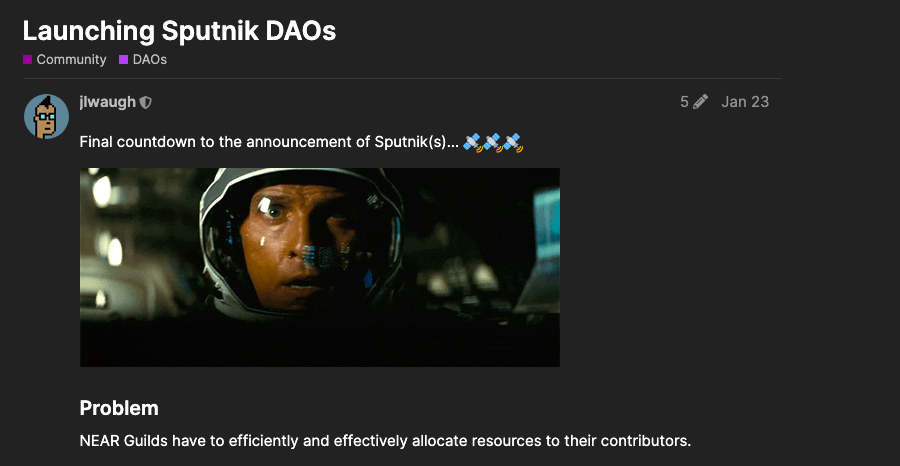Sputnik DAO is Here: Let’s Break Down What That Means

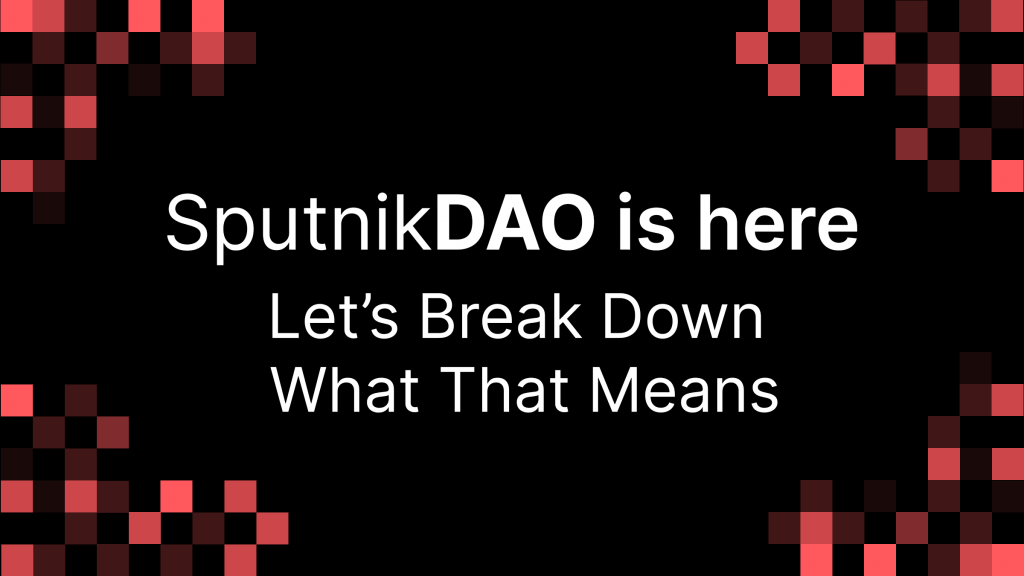
The NEAR Ecosystem is a frontrunning pioneer of innovation in the crypto-sphere on a number of different fronts: Usability, Scalability, and Community Governance. DAO’s, or Decentralized Autonomous Organizations, fall under the category of community governance, and could not be more important for the long-term development of an open-source ecosystem.
Sputnik DAO is the Mother DAO of NEAR Protocol. While some may initially consider Sputnik to be just like any other DAO, it is in fact a paradigm shift for the future of decentralized governance. Sputnik V1 is the first iteration of an entirely new way of approaching DAOs: With Sputnik, communities become interconnected, independent, multiplus, and collaborative.
“Ideally, there will be many Sputnik councils (a.k.a. squads) working together! This potential structure is not limited to a single instance of the contract, which is really a DAO factory. NEAR empowers any group of creators to build their own decentralized autonomous organizations.”
– James Waugh, NEAR Team
What is Sputnik DAO?
Sputnik DAO inaugurates a new world of community governance, management, and funding, in which NEAR ecosystem projects and guilds can create their own separate DAO’s from beneath the umbrella of Sputnik. As James explains:
“The theme of Sputnik DAO is a DAO of many DAOs. It is a factory creating DAOs and really these DAOs are councils and you can think of them like mutli-sig wallets, with the difference being you have configurable parameters for the DAO not just the multi-sig. That means there is a meta-level of governance, so you actually can handle the governance of the parameters. The members of the council will have the flexibility to change how it works over time to accommodate changes in the future as well.”
In context, most DAO’s today are singular entities: There is one DAO for each protocol or project. While this may allow for some form of decentralized governance, it severely limits the long-term capacity of an ecosystem to diversify across initiatives, while also keeping up with the rapid evolution of development on top of the protocol:
“Sputnik DAO is an example of a more decentralized and flexible approach to onchain governance – for an entire ecosystem.”
With Sputnik, an infrastructure has been put into place that is able to accommodate multiple communities, with different objectives, goals, entrance criterias, and development timelines. Sputnik allows for truly decentralized governance over NEAR, as each community or project has the opportunity to individually create their own DAO, according to their specific parameters and desires. The resultant effect of this design is threefold:
First, the ecosystem as a whole becomes more decentralized, as DAO management is split off between multiple different DAOs each with their own goals and responsibilities.
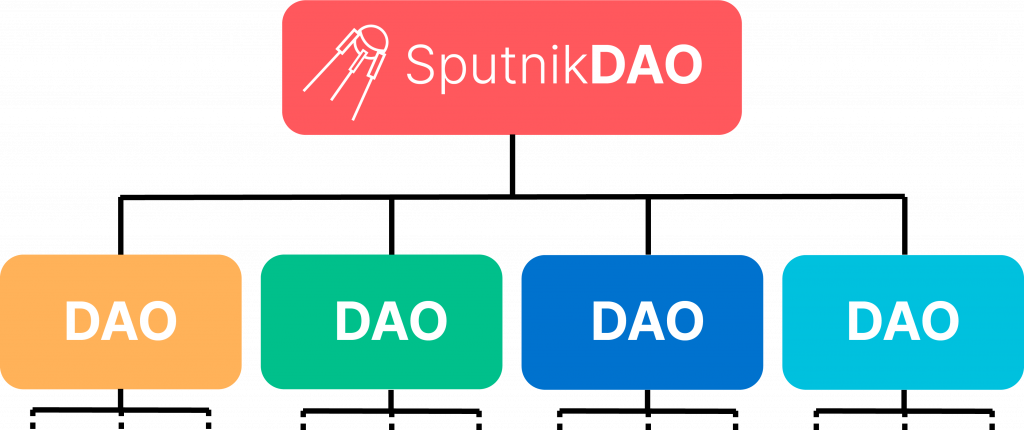
Second, projects and communities on NEAR have more freedom to govern their DAO as they see fit: They can add in specific criteria, set their own parameters, and even introduce a social token for entrance all under the funding umbrella of Sputnik.
Third, on an ecosystem level, funding and development of the ecosystem as a whole, can be expedited, as decision making and the movement of funds is no longer stuck in one single DAO: Multiple projects can fund parallel initiatives, with fantastic network effects and feedback loops for the ecosystem as a whole.
All three of these points, indicate that DAOs have been designed on NEAR to be both decentralized and practical:
“We are fully embracing decentralized governance, but using a more pragmatic approach. We are embracing off-chain governance, empowered by on-chain governance of DAOs. It is not like we have this one governance module that is the NEAR governance contract. We have all of these instances of Sputnik DAOs on NEAR.”
A Mesh of DAOs
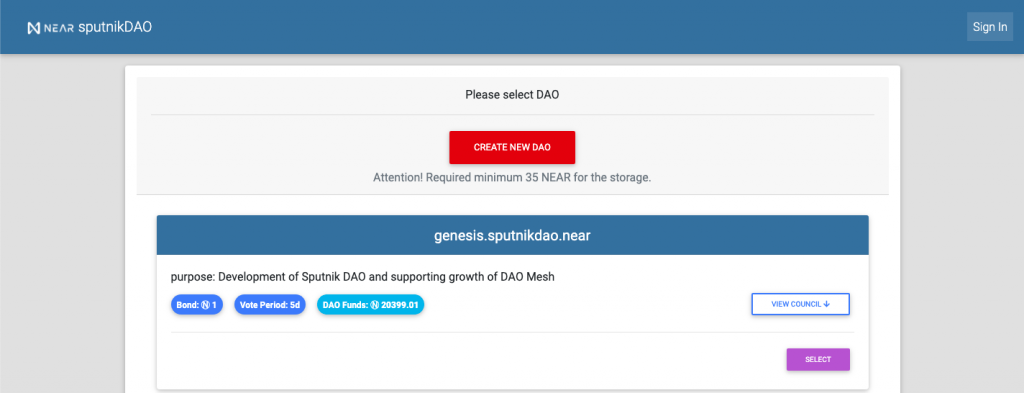
The goal of Sputnik DAO is to create a growing mesh-network of other DAOs in the NEAR Ecosystem, each with their own council of decision makers. Notably, council members can serve on the council of multiple DAOs’ at the same time, in spite of the fact that there may be different governance structures. With this model a host of different activities and purposes can be incubated across DAOs:

“Allowing Sputnik DAO to become a member of other DAOs allows us to create a hierarchical structure, where a Developer DAO council is actually a set of other more specific DAOs. They can just distribute and fund tasks between them.” – Illia Polosukhin
As a result of this model, an entire second layer of decentralized governance is created within the Ecosystem:
“So you have two levels of decentralized governance happening and that is unprecedented. This is the next step going forward – this fractal DAO system which is a hub for collaboration and coordination of our shared goals of our ecosystem.”
DAO Hub and Sputnik V2: The Future Development of Sputnik
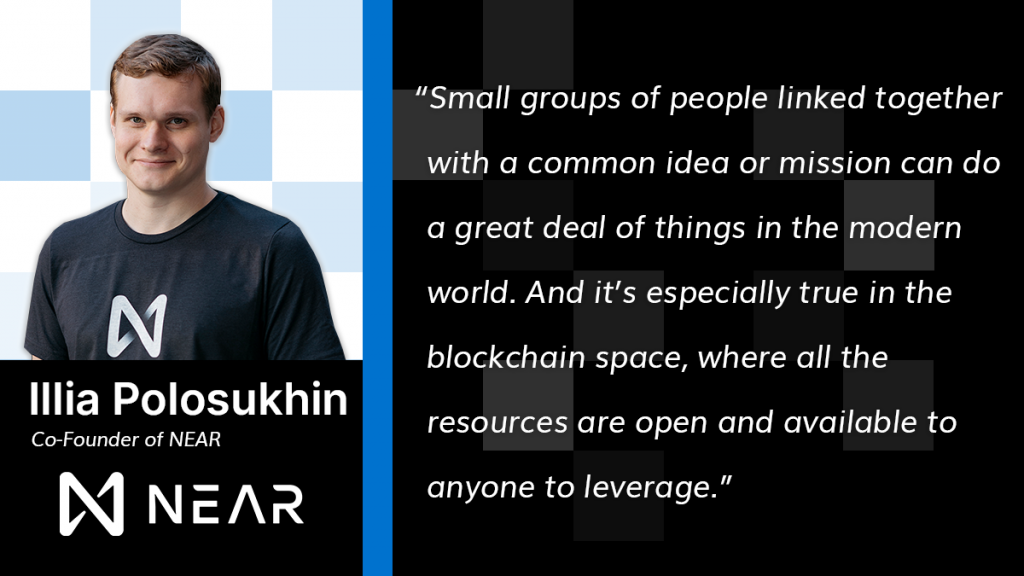
NEAR Protocol Co-Founder, Illia Polosukhin, has mentioned on the NEAR Governance Forum how he sees Sputnik DAO V2, developing into the future as a ‘DAO Hub’ for Ecosystem wide collaboration, funding and product development.
Sputnik V2, writes Illia, will bring a host of improvements to the existing mesh-network design of V1, including:
– The ability to fund bounties (requests for work done), as each Sputnik DAO will include a list of funded bounties on-chain.
– Communicating with other DAOs, specifically those hierarchically above the DAO in question.
– Expanding Council Structures to have specific roles within a DAO, each with its own unique set of permissions.
– To embed Social $Tokens into the fabric of a DAO, in terms of access or participation.
– On-chain polling of council members, token holders, or DAO members.
As Illia explains:
“Creating more robust DAO policies allows us to select a subset of people who will be more active in the DAOs lifecycle, and only need to pull in others for more high impact decisions. Having a token per DAO unlocks a bunch of social token features, like incentivizing people for operations, token based voting on some decisions, or raising money by selling the token among other uses.”
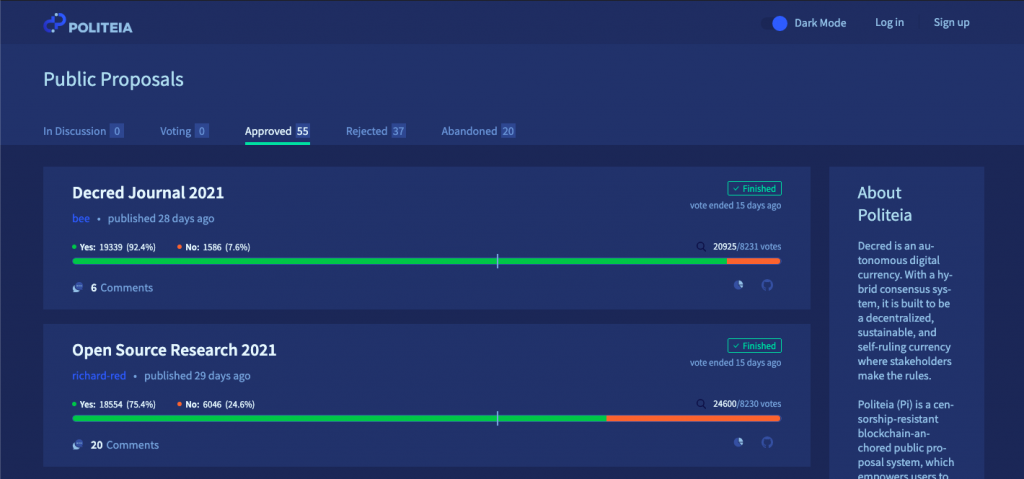
With multiple DAOs working to fund community development and handle governance and participation among members, an entire network of DAOs is poised to emerge on NEAR. This ‘DAO Hub’ as it has been labelled, is the long term goal built into Sputnik’s design architecture:
“DAO Hub provides a place to search and read about a DAOs purpose and council members. Additional information like forum posts or member’s profiles can be pulled in. DAO Hub is also a place where anyone can leave requests (payout) or a bounty (request for work) while only specifying what it is related to (set of tags). Council members of participating DAOs could then pick up these requests that match their mission and fund them. Most importantly, DAO Hub should provide visibility into all of the bounties posted by participating DAOs. Thereby allowing newcomers to find interesting work they can dive into.” – Illia Polosukhin
All in all, DAO Hub will be a collection of Sputnik DAOs each operating autonomously, yet still in collaboration with one another. It is the foundation for cross-protocol and even cross-chain collaboration into the future. Such collaboration can even extend beyond communities and guilds, to entirely new businesses and products. As Illia explains in his panel discussion at ETH Denver:
“I think one of the examples that is emerging for sure is different application DAOs starting to be leveraged more for business development, where either individuals or other DAOs, or other organizations can pretty much apply to, for the DAO to work with some other party. And I actually think that’s really interesting, because, if we imagine that each organization is operating a DAO, then well, it’s almost like they are requesting work or requesting some kind of collaboration from each other. And that’s kind of already happening.”
NEAR DAOs Have Arrived
NEAR’s James Waugh, has put together a complete overview on how to set up a DAO under Sputnik. As Sputnik continues to evolve, and Sputnik Version 2 launches, DAOs will have increasing opportunities to customize their DAO structure and accommodate a larger suite of variables fit for their specific organization. Eventually, it is likely that the word DAO itself will be phased out to accommodate larger audiences and simplify engagement with Sputnik.
Beyond on-chain upgrades, the NEAR team also intends on focusing on the pragmatic side of off-chain community governance. As James emphasized before, off-chain governance is equally important for the long-term Sputnik design architecture:
“NEAR differentiates our approach by acknowledging that you cannot have only on-chain governance. A lot of people will tell you that their governance is all onchain. There is no such thing… In the long term our decentralized and pragmatic approach is going to be more scalable, efficient and impactful. It will be more aligned with our ecosystem and the actual engagement or utility and value.”
While it is still the early days for NEAR DAOs, Sputnik is a fundamental paradigm shift in how communities govern themselves on open-source protocols. To learn more about Sputnik check out Sputnik.fund, as well as the NEAR Governance Forum discussions.
